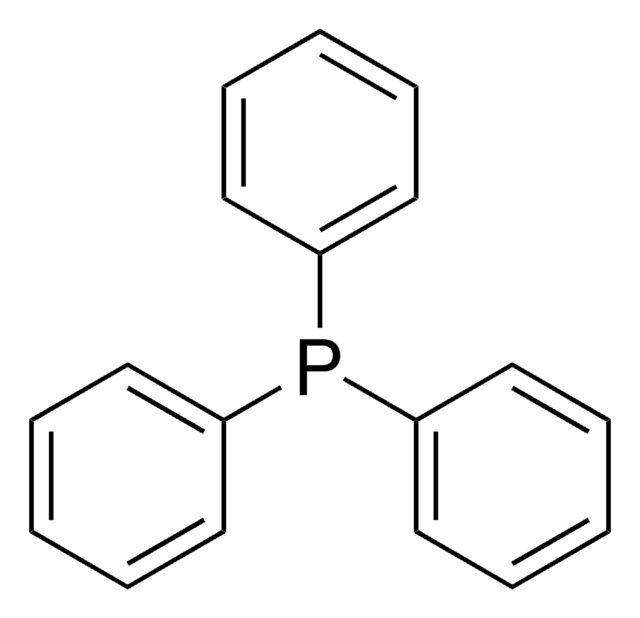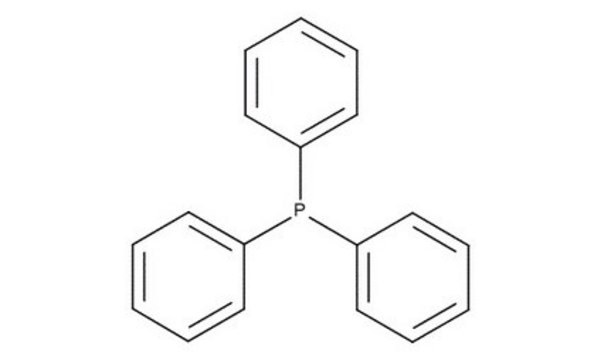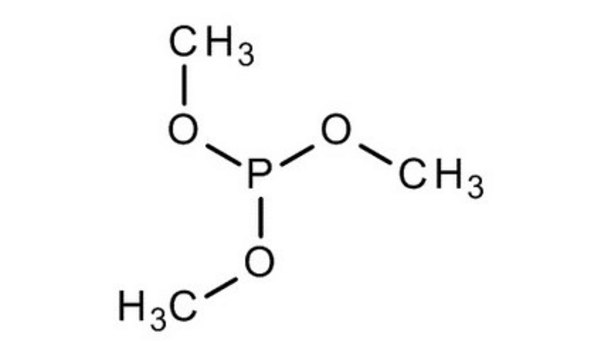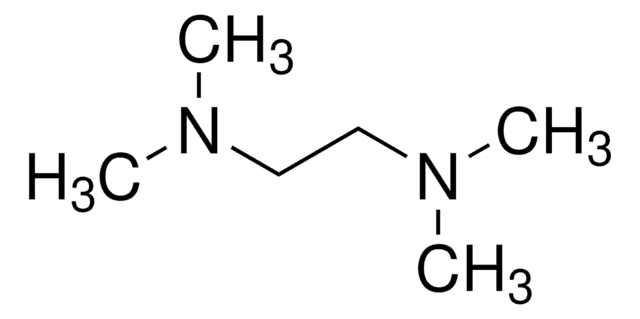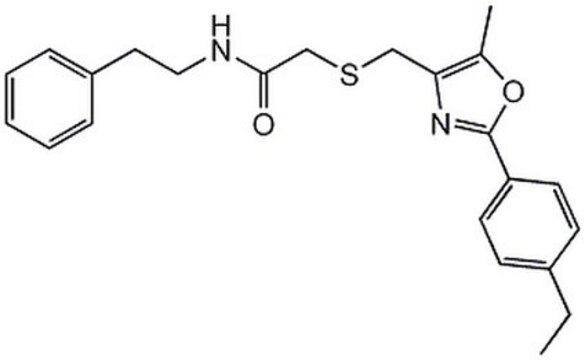A2543
Anti-α-Actinin antibody produced in rabbit
whole antiserum
Synonym(s):
Anti-CMD1AA, Anti-CMH23, Anti-MPD6, Anti-MYOCOZ
Select a Size
Select a Size
About This Item
Recommended Products
biological source
rabbit
Quality Level
conjugate
unconjugated
antibody form
whole antiserum
antibody product type
primary antibodies
clone
polyclonal
contains
15 mM sodium azide
species reactivity
chicken
technique(s)
indirect immunofluorescence: 1:500 using cultured chicken fibroblasts
western blot: suitable using cultured cells and chicken gizzard extract
1 of 4
This Item | 219478 | 218860 | 219332 |
|---|---|---|---|
| form solid | form solid | form solid | form powder |
| assay ≥99% (HPLC) | assay ≥90% (HPLC) | assay ≥99% (HPLC) | assay ≥95% (HPLC) |
| manufacturer/tradename Calbiochem® | manufacturer/tradename Calbiochem® | manufacturer/tradename Calbiochem® | manufacturer/tradename Calbiochem® |
| Quality Level 100 | Quality Level 100 | Quality Level 100 | Quality Level 100 |
| storage temp. 2-8°C | storage temp. 2-8°C | storage temp. 2-8°C | storage temp. −20°C |
| solubility DMSO: 50 mg/mL | solubility DMSO: 10 mg/mL | solubility DMSO: 50 mg/mL | solubility DMSO: 50 mg/mL |
General description
Specificity
Immunogen
Application
- co-immunoprecipitation studies
- immunoblotting studies
- immunofluorescence[1]
Biochem/physiol Actions
Physical form
Storage and Stability
Disclaimer
Not finding the right product?
Try our Product Selector Tool.
Storage Class Code
10 - Combustible liquids
WGK
WGK 3
Flash Point(F)
Not applicable
Flash Point(C)
Not applicable
Choose from one of the most recent versions:
Already Own This Product?
Find documentation for the products that you have recently purchased in the Document Library.
Our team of scientists has experience in all areas of research including Life Science, Material Science, Chemical Synthesis, Chromatography, Analytical and many others.
Contact Technical Service
